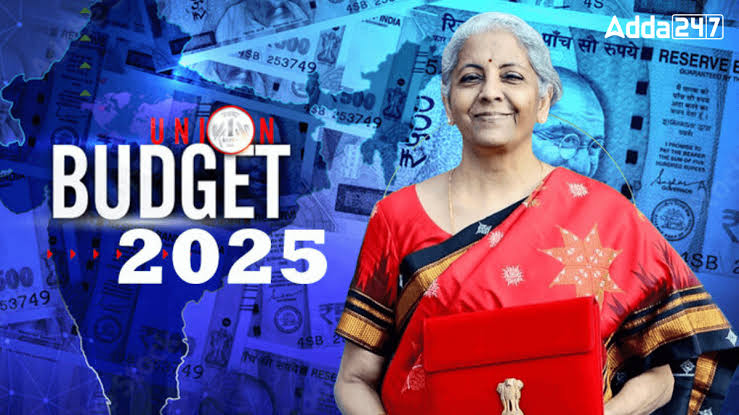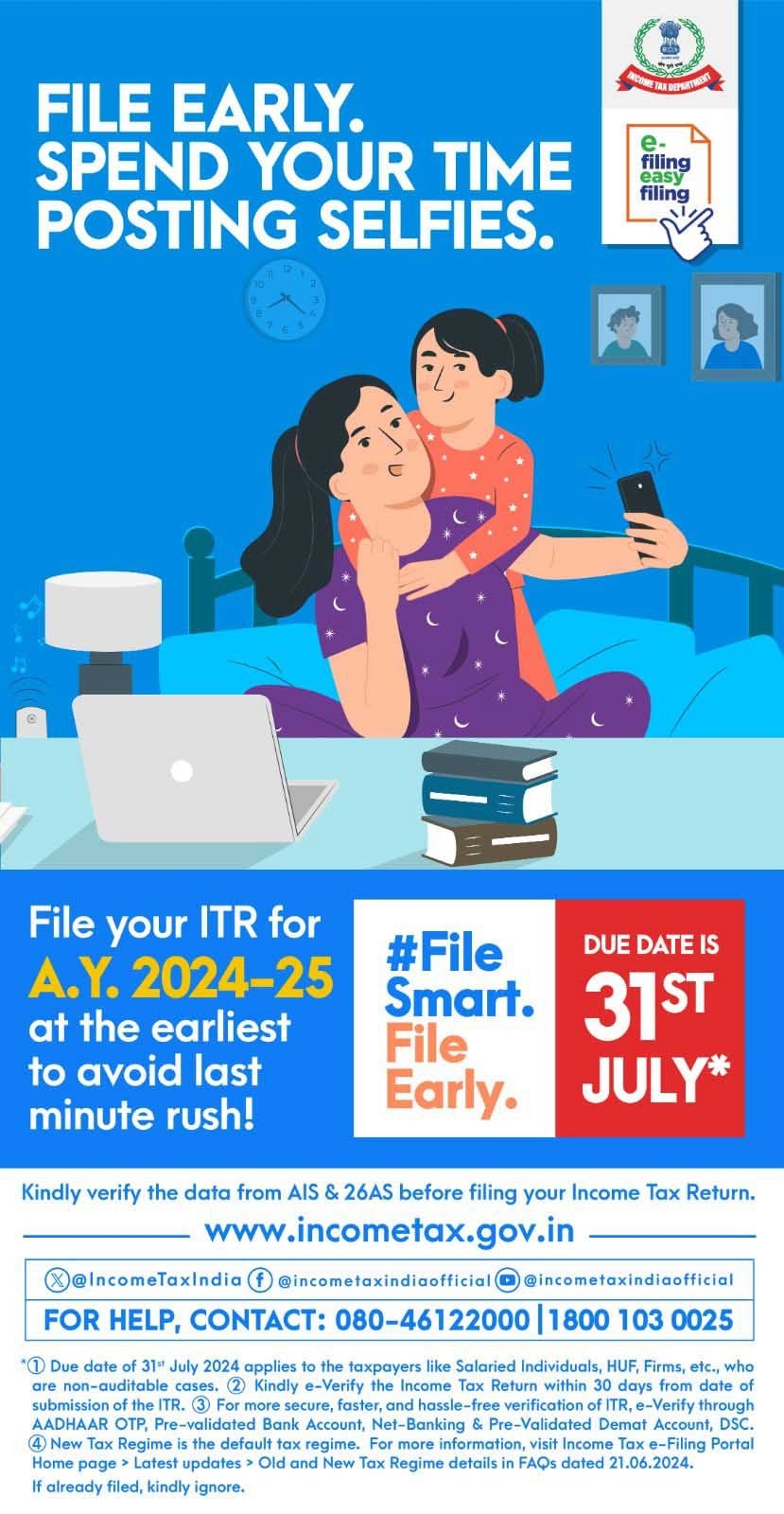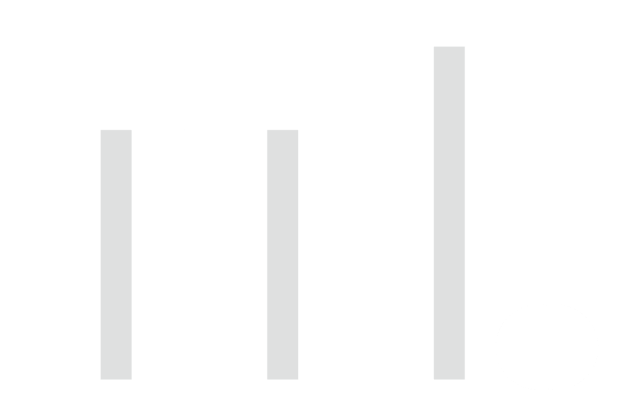Back
Poosarla Sai Karthik
Tech guy with a busi... • 5m
How You Pay the Price, Even Without Taking a Loan When the RBI cuts repo rates, the first thing people hear is: “Great, loans will become cheaper.” That’s true but what most people don’t see is how even those not taking loans end up paying in other ways. The impact of a rate cut doesn’t stop at borrowers. It quietly reaches everyone. The biggest way it hits is through inflation. Lower rates mean more people and businesses borrow and spend. But when demand goes up faster than supply, prices rise. And once prices rise, they usually don’t come down. Groceries, fuel, medicines, school fees everything starts costing more. This affects every person, especially those who don’t have the extra income to handle rising monthly expenses. At the same time, interest on savings drops. Banks reduce FD and savings account rates. So if you’re someone who avoids loans and puts your money in the bank hoping to earn steady interest, you’re earning less than before. And if inflation is higher than the interest you’re earning, the value of your money is quietly going down even if the number in your bank account looks the same. Then comes indirect taxation. As prices of goods and services go up, so does the GST you pay on them. This means you’re paying more tax, not because tax rates increased, but because the prices increased. Unlike income tax, GST doesn’t care how much you earn it hits everyone the same. So middle class and low income groups feel it the most. On top of this, wages don’t increase as fast. Your salary might stay the same for a year, but the cost of living climbs month after month. You end up spending more, saving less, and getting no real benefit from the system whether you took a loan or not. So yes, a repo rate cut may look like it helps the economy by encouraging borrowing. But if you look closely, even those who don’t borrow end up paying for it. Through higher prices, reduced savings income, and more tax on everyday purchases, the common consumer loses either way.
More like this
Recommendations from Medial
Sameer Patel
Work and keep learni... • 1y
Financial knowledge Indian Tax slabs Income tax slabs categorize taxpayers based on their annual income, determining the applicable tax rates. Here's a breakdown: 1. Nil Tax: Annual income up to ₹2.5 lakh for individuals below 60 years. 2. 5% Tax: I
See Morefinancialnews
Founder And CEO Of F... • 11m
Budget 2025 expectations: Income tax relief buzz Speaking on the expected rationalisation of the income tax slab, Pankaj Mathpal, MD & CEO at Optima Money Managers, listed out the possible income tax slab for the new income tax regime, which may bri
See MoreReyansh Rathod
Entrepreneur • 10m
Friends, have you ever thought that paying tax is our responsibility, but why does it seem like a deep trap? India's tax system is so complicated that the common man gets confused! On one hand, the changing rules of GST, on the other hand, the high r
See MoreTarun Suthar
•
The Institute of Chartered Accountants of India • 11m
You still have to pay taxes if your income is below 12Lakhs.💀 Let’s talk about a crucial detail in the recent Indian Union Budget that many people are overlooking. If you’re already aware, great! But if not, this is essential to know—otherwise, you
See More
Mehul Fanawala
•
The Clueless Company • 1y
When the income tax return filing date is near, the income tax department goes into full marketing mode to remind taxpayers to file on time. Guess what? Even they have targets and quotas like our marketing and sales teams! 🎯 Imagine the tax offic
See More
Ashutosh Mishra
Chartered Accountant • 1y
Direct Tax collections for FY 2024-25 as of 17 September, 2024 Net Collections, YOY comparison Corporate Tax : ₹4.53 lakh crore, up 10.5% Personal Income Tax : ₹5.15 lakh crore, up 18.8% STT : ₹26,154 crore, up 96% Other Taxes : ₹1,812 crore, up
See MoreDownload the medial app to read full posts, comements and news.





































